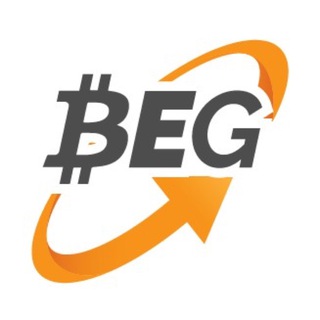Cryptocurrencies were created to give back financial power to the people and foster financial freedom.
But this comes at a huge cost to nations as investments are moving outward and not staying in the economy. To gain back the power to control wealth flow within their ecosystem, national banks are looking to central bank digital currencies (CBDCs) as a solution.
Many central banks are already underway in their CBDC project, and a recent report from PricewaterhouseCoopers (PwC) tells us just how far.
Institutional Involvement Driving CBDC Growth
Multinational accounting firm PricewaterhouseCoopers has given its one cent on the development of CBDCs in the world. In its CBDC Global Index
report for April 2021, the audit and tax services firm noted that over 60% of global banks have actively explored CBDCs since 2014.
It also noted that institutional involvement from financial behemoths like the Bank for Institutional Settlements (
BIS), World Bank, World Economic Forum (WEF), and others have continued to strengthen the CBDC narrative.
To them, state-backed digital currencies are meant to serve a dual purpose. The first is CBDCs being deployed through
a retail application, enabling private citizens and local businesses to use them as a form of digital cash.
The second purpose will see banks use them for interbank or
wholesale settlement schemes. This would see digital fiats being used to foster interbank transactions and financial settlement.
PwC noted that retail applications of CBDC have so far flourished than its wholesale counterpart largely because it has a better use case for emerging economies whose citizens do not have access to financial services.
According to the report, financial inclusion is the main driver for
CBDCs gaining traction in developing economies, which has led to the implementation of two live projects.
On the other hand, wholesale applications are largely deployed by advanced economies looking to use CBDCs to optimize their interbank systems and capital markets. But for now, none has made it to the implementation stage, even though 70% of these projects are
running pilot tests.
In speaking on the core technological framework on which national banks favor, PwC said that distributed ledger technology (DLT) comes out on top even though it is not entirely needed to create a digital token.
But PwC notes that central banks were going with blockchain technology due to several perceived benefits the technology offers.
One of which is that blockchain engenders the transfer of value in a secure way through its integrated platform structure. Another is that blockchain supports smart contract programmability, which could be pivotal for
CBDCs to allow automatic transaction resolutions.
Another benefit is that
blockchain is a great tool for transparent audit trails, which is good for monitoring transaction history. It also helps increase interoperability with other digital assets through its atomic swaps functionality.
China Not The First In The CBDC Race
The PwC CBDC Index also pointed out a critical point in its report. According to the snapshots shared, the Bahamas’
Sand Dollar ranks as the first truly functional state-sanctioned digital currency.
This is followed by Cambodia's e-Money payment solution, the "Bakong.” China comes in third with its expected digital yuan.
PwC notes that China is not taking the top spot because its digital currency electronic payment (DCEP) program is still in development. In contrast, the Sand Dollar and
Bakong are already live and used by their respective citizens. This, according to them, is a key difference in China's bid to the CBDC race.
However, it noted that China's digital yuan would expectedly have a
far-reaching impact than the live projects due to its population size and perceived use.
According to a CNBC
report, the Chinese central bank has several debunked rumors that its digital yuan would vie with the US dollar for the position of the world’s reserve currency.
 bitcoinexchangeguide.com
20 April 2021 10:12, UTC
bitcoinexchangeguide.com
20 April 2021 10:12, UTC